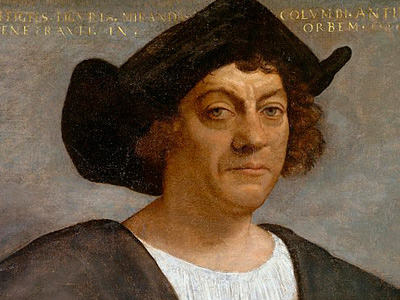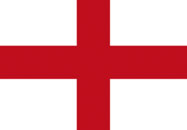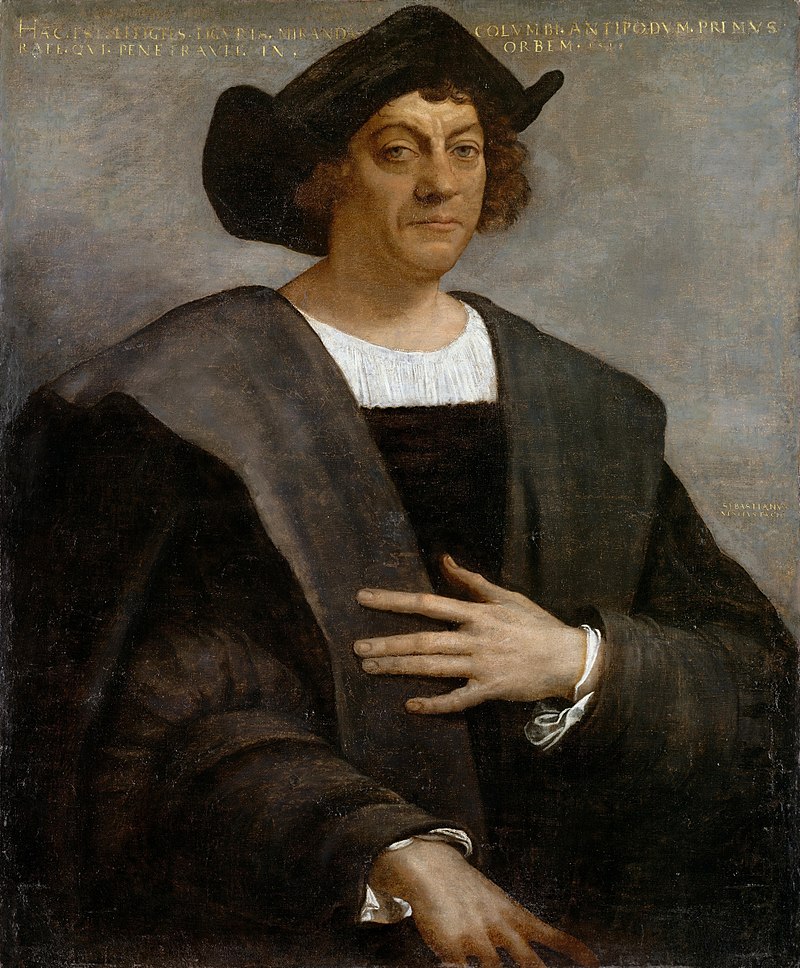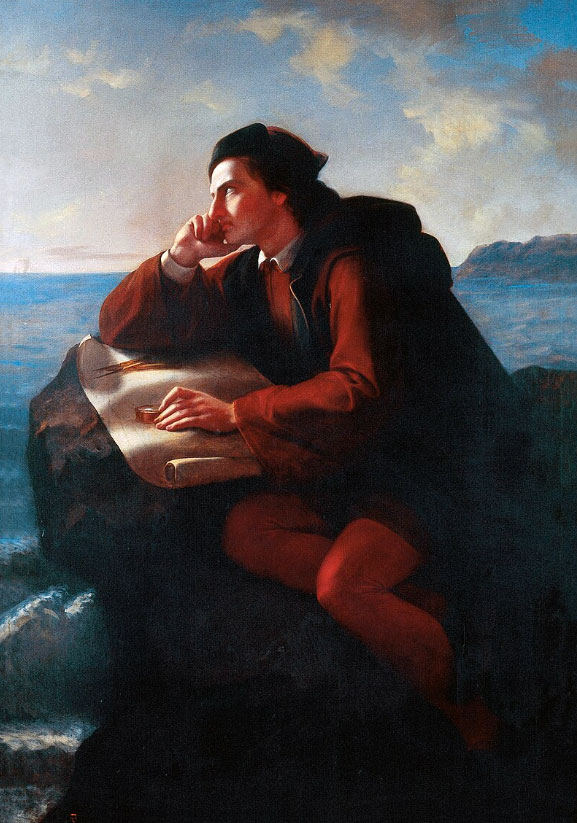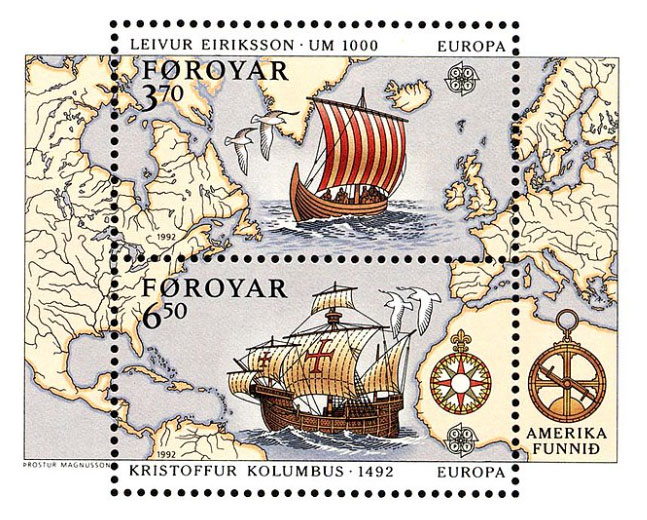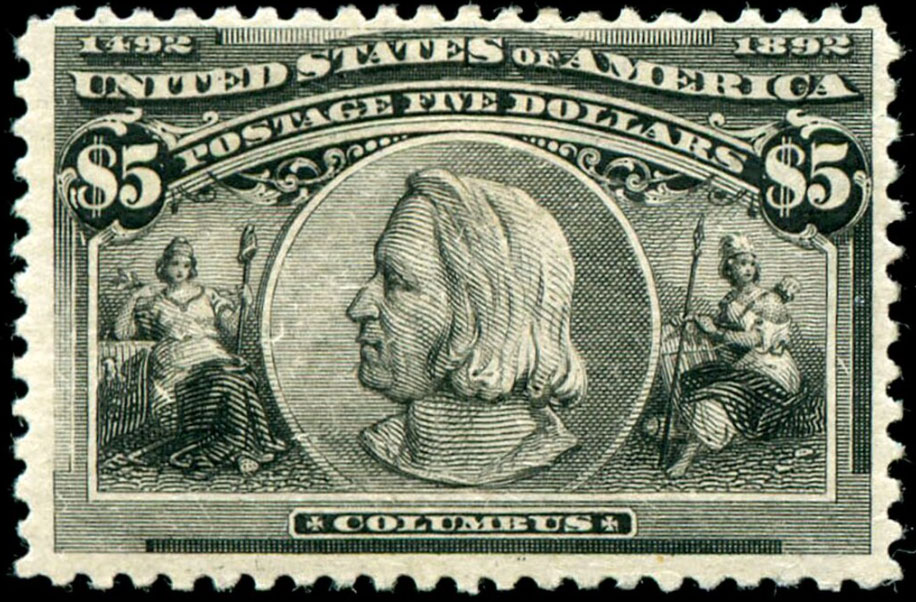Christopher Columbus (1451-1506)
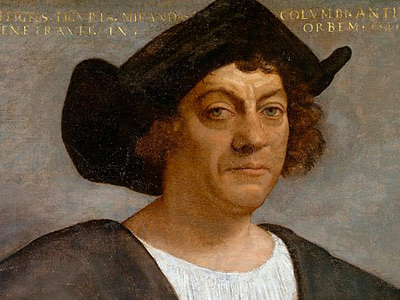
Second Voyage
Columbus left the port of Cádiz on 24 September 1493, with a fleet of 17 ships carrying 1,200 men and the supplies to establish permanent colonies in the New World. The passengers included priests, farmers, and soldiers, who would be the new colonists. This reflected the new policy of creating not just "colonies of exploitation", but also "colonies of settlement" from which to launch missions dedicated to converting the natives to Christianity. Modern studies suggest that, as reported by the Washington Post, "crew members may have included free black Africans who arrived in the New World about a decade before the slave trade began."
As in the first voyage, the fleet stopped at the Canary Islands, from which it departed on 13 October, following a more southerly course than on the previous expedition. On 3 November, Columbus sighted a rugged island that he named Dominica (Latin for Sunday); later that day, he landed at Marie-Galante, which he named Santa María la Galante. After sailing past Les Saintes (Los Santos, "The Saints"), he arrived at the island of Guadeloupe, which he named Santa María de Guadalupe de Extremadura, after the image of the Virgin Mary venerated at the Spanish monastery of Villuercas, in Guadalupe, Cáceres, Spain. He explored that island from 4 to 10 November.
Michele da Cuneo, Columbus's childhood friend from Savona, sailed with Columbus during the second voyage and wrote: "In my opinion, since Genoa was Genoa, there was never born a man so well equipped and expert in the art of navigation as the said lord Admiral." Columbus named the small island of "Saona ... to honor Michele da Cuneo, his friend from Savona."
Pedro de las Casas, father of the priest Bartolomé de las Casas, also accompanied Columbus on this voyage.
The exact course of Columbus's voyage through the Lesser Antilles is debated, but it seems likely that he turned north, sighting and naming several islands, including:
- Montserrat (for Santa María de Montserrate, after the Blessed Virgin of the Monastery of Montserrat, which is located on the Mountain of Montserrat, in Catalonia, Spain),
- Antigua (after a church in Seville, Spain, called Santa María la Antigua, meaning "Old St. Mary's"),
- Redonda (Santa María la Redonda, Spanish for "St. Mary the Round", owing to the island's shape),
- Nevis (derived from the Spanish Nuestra Señora de las Nieves, "Our Lady of the Snows", because Columbus thought the clouds over Nevis Peak made the island resemble a snow-capped mountain),
- Saint Kitts (for St. Christopher, patron of sailors and travelers),
- Sint Eustatius (for the early Roman martyr, St. Eustachius),
- Saba (after the Biblical Queen of Sheba),
- Saint Martin (San Martín), and
- Saint Croix (from the Spanish Santa Cruz, meaning "Holy Cross")
Columbus also sighted the chain of the Virgin Islands, which he named Islas de Santa Úrsula y las Once Mil Vírgenes, "Islands of Saint Ursula and the 11,000 Virgins" (shortened, both on maps of the time and in common parlance, to Islas Vírgenes). He also named the islands of Virgin Gorda ("Fat Virgin"), Tortola, and Peter Island (San Pedro).
He continued to the Greater Antilles, and landed in Puerto Rico, which he named San Juan Bautista in honor of Saint John the Baptist (a name that was later retained only for the capital city of San Juan).
On 22 November, Columbus returned to Hispaniola, where he intended to visit the fort of La Navidad, built during his first voyage and located on the northern coast of Haiti. Columbus found the fort in ruins, destroyed by the native Taino people. Among the ruins were the corpses of 11 of the 39 Spaniards who had stayed behind as the first colonists in the New World.
Columbus then sailed more than 100 kilometres (62 miles) eastwards along the northern coast of Hispaniola, establishing a new settlement, which he called La Isabela, in the present-day Dominican Republic. However, La Isabela proved to be poorly located and the settlement was short-lived.
HISTORY
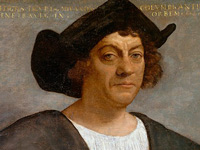
RESOURCES
This article uses material from the Wikipedia article "Christopher Columbus (1451-1506)", which is released under the Creative Commons Attribution-Share-Alike License 3.0.
© Stories Preschool. All Rights Reserved.
